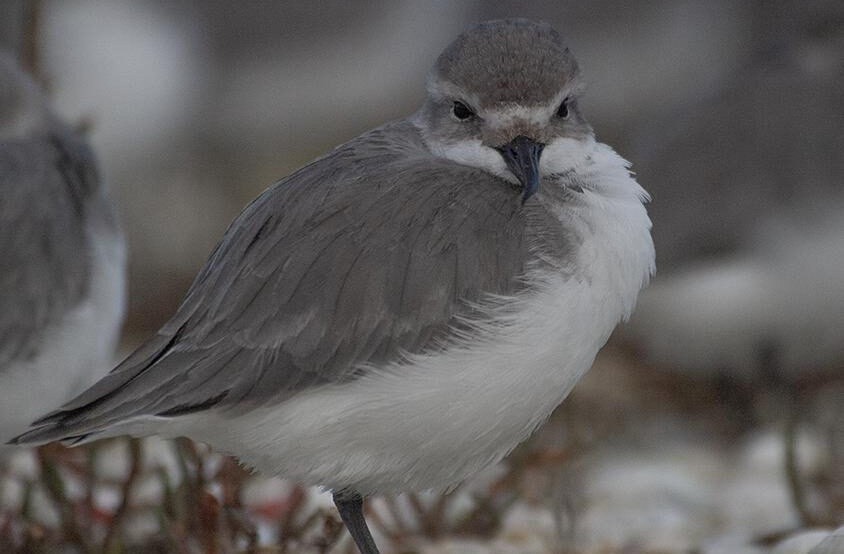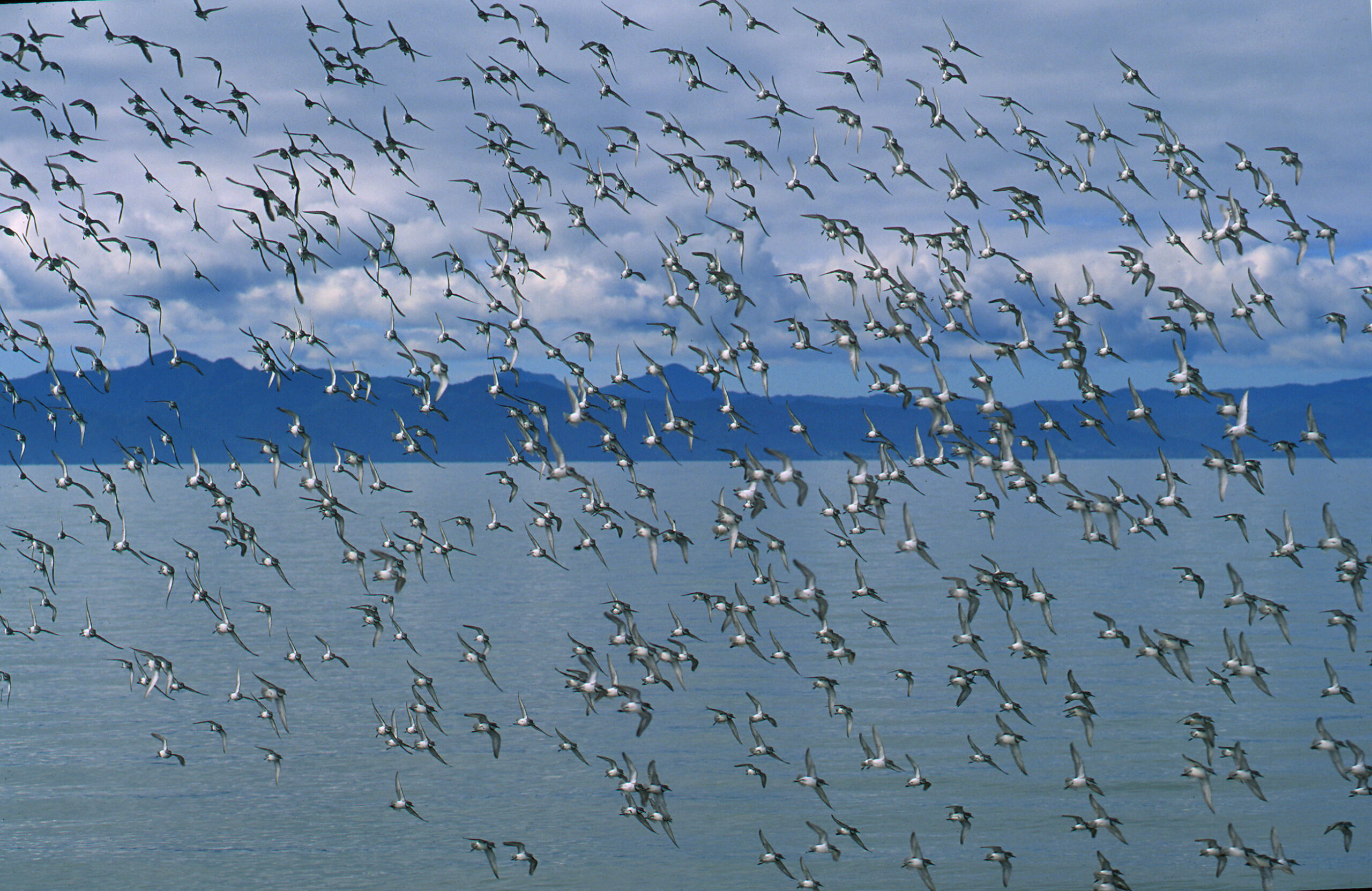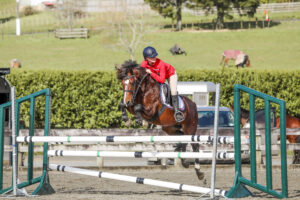It worked for the bar-tailed godwit back in 2015, now it’s time for the year of the wrybill.
The “endearing” avian is in the line of sight of Keith Woodley, manager of the Pūkorokoro Miranda Shorebird Centre, who, a decade ago, managed to get the godwit voted New Zealand’s Bird of the Year.
It’s now the time for the wrybill, a lesser-known species with a “Swiss army knife” of a bill, to have its moment in the spotlight.
It was during the Pūkorokoro Miranda Naturalists’ Trust’s 40th anniversary when the campaign to get bar-tailed godwits to the top of the Bird of the Year list succeeded.
Ten years on, Keith said it was now time for “the other fellow appearing on our logo” to get a turn.
“It appears on our logo because the Firth of Thames, between late December and August every year, is supporting at least 40 per cent of the world population of wrybill. They breed down south, but after they finish breeding, they all come north,” he said, “and so that makes it a big deal for us.”
Found only in Aotearoa New Zealand, the Waimakariri, the Rakaia, the Rangitata, and the rivers of the Mackenzie Basin are the strongholds for wrybill, and is the only place the birds breed.
Using a bill reminiscent of a “Swiss army knife”, they scrape around beneath submerged river stones for caddisfly or mayfly larvae, and it is this natural environment Keith said New Zealanders need to be “careful” of.
“We need to look after those rivers. We need to maintain natural flows, and we need to be very careful with them, and these are some of the things that we want to highlight with our Year of the Wrybill because most New Zealanders, I believe, have never heard of a wrybill, let alone having seen one.”

And seeing one – or many – is a “captivating” sight, he said, due to the bird’s tendency to erupt off the roost to perform prolonged aerial ballets.
“They tend to do these lovely aerobatic displays as a tight flock,” Keith said, “and so we’ve come up with a collective noun to describe the wrybill display – we call it a ‘flung scarf’ of wrybill.
“Early on in my tenure here, I was down at the hide and it was an evening tide. There were a lot of oyster catchers and a few godwits on my roost, and then they all suddenly took up and they were flying around. Then all the birds landed except the wrybill… They were just whirling around doing this loop-to-loop for about half an hour,” he said. “I was walking back home and dusk was falling but I could still hear them up there. Then I remembered it was actually Saturday night, and I thought, well, maybe this is what wrybill do on Saturday nights.”
Keith said he was optimistic that 2025 would be the Year of the Wrybill. He’s started campaigning already, hoping to make people aware to vote wrybill as number one when it comes time for Forest and Bird’s annual competition – which was taken out by the hoiho yellow-eyed penguin in 2024.
The timing would suit perfectly. It is the Pūkorokoro Miranda Naturalists’ Trust’s 50th anniversary this year, and Keith said the trust has “forged a remarkable path” since its inception.
“I’ve been here for about 32 of those years – there’s a bit of longevity involved here – but it really has been an extraordinary organisation.
“There’ve been some great people involved all the way along… and the kind of things this trust has been able to achieve are quite astonishing.”
There will be an Open Day at the shorebird centre in October, as well as a member’s lunch in August, and for anyone interested in learning more about the trust or the wrybill, Keith said to get in touch.
BY KELLEY TANTAU





